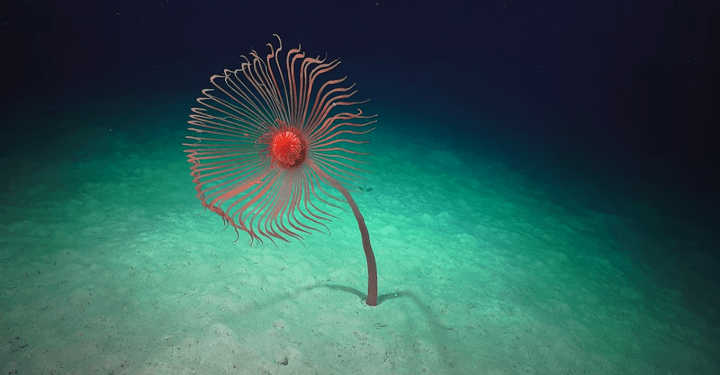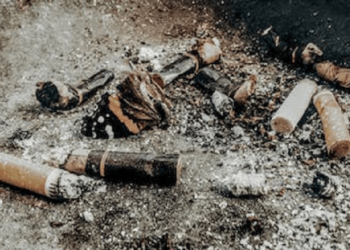Osvaldo Ulloa, a Chilean scientist, says he found microscopic creatures that made more questions than answers when he led an expedition to a site 8,000 meters below the ocean’s surface. Because two tectonic plates in the eastern Pacific Ocean came together this January, the Atacama Trench formed. It was its goal to look at what happened underwater.
Ulloa, the head of the Millennium Institute of Oceanography at the University of Concepcion, said, “We made history by putting humans into a trench where no one else has gone before. We did it.”
It took Victor Vescovo and Ruben Escribano, a Millennium deputy director, 12 weeks to get to the northern coast of Chile. They were going through the 3,650-mile trench, which goes to Ecuador’s northern border. They were going through it.After setting a new Guinness record for the deepest undersea dive in 2019, Vescovo took to social media to show off pictures and videos of the experience. He said he saw “beautiful aquatic life.” The Vescovo diving team has Vescovo on it.
When they reached 100 meters down, it was completely dark. This was the Atacama Hadal expedition, which was the group’s name that went down there. The intense LED light of the submarine made it hard for the crew to see.
Geological features led us to a new species of translucent sea cucumbers, which looked like jelly. A scientist says, “We think this is a new kind of animal.”He said we found bacterial colonies with filaments for the first time in history. We didn’t even know that they were there in the Atacama Trench. “There were a lot of questions, such as: What were those compounds called? What are germs? We can’t figure it out, and we’ll have to go back to the site to find out.”
Amphipods, a type of crustacean closely related to shrimp, were also found on the trip. They were eating crabs, segmented worms, and translucent fish, among other things. During an uncrewed mission in 2018, they were found in the same spot.
When Nazca and South America plates meet in this area, they’re called the Peru-Chile Trench or Atacama Trench short. There have been a lot of earthquakes and tsunamis in this part of the world over the years.
On the South American Plate and the Nazca Plate, Ulloa said, “three sensors will be used to keep an eye on the movement of the seabed.”
There are only land-based sensors for this type of sensor, but there are more coming.
To help scientists figure out where the next earthquake will be, they will be able to see where energy is building up in places that haven’t been hit by one yet.
It’s “the largest experiment in subsurface geology that Chile has ever done,” says Ulloa, who calls it “a huge project.”The second half is when the sensors will be put in.”A great deal of interest” has been shown by the international community, “in order to look into all the processes that led to this collision of these two plates,” says a statement.











